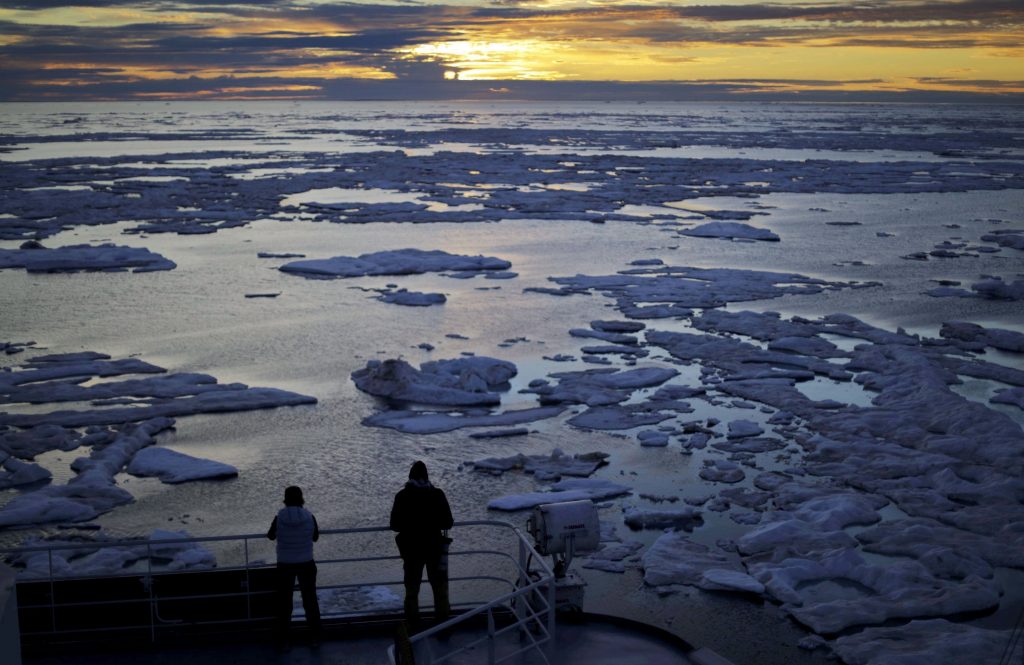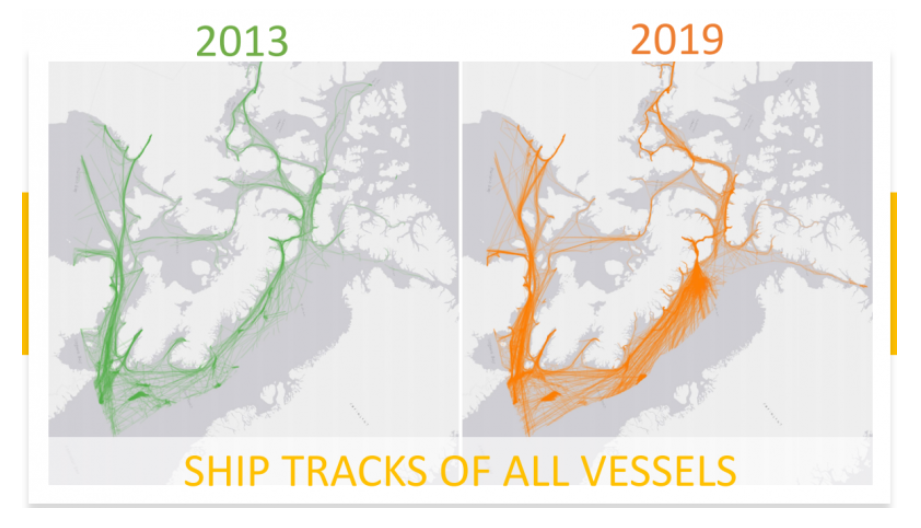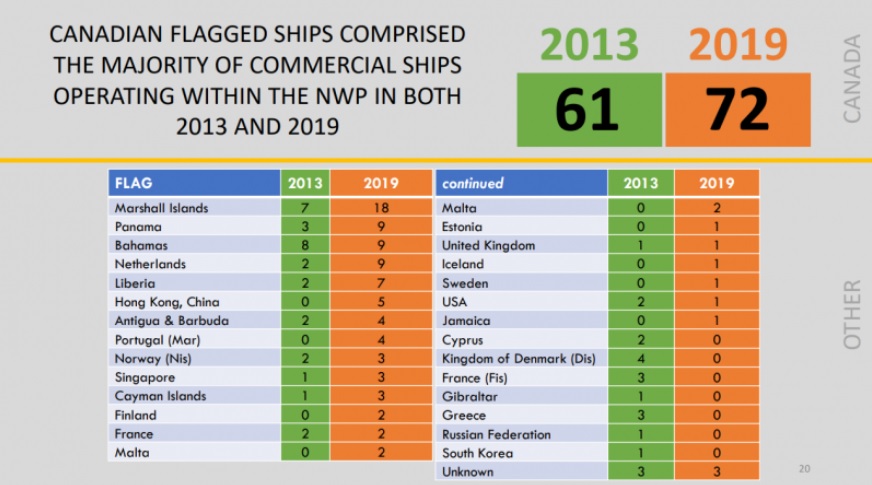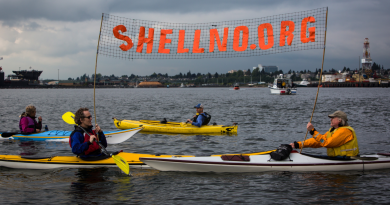44 per cent increase in unique ships entering Canada’s Northwest Passage, says report

The number of ships entering Canada’s Northwest Passage, and the distances sailed, are all increasing, says a new report from the Arctic Council.
The report, “Arctic Shipping Status Report – Shipping in the Northwest Passage,” was done by the Arctic Council’s Protection of the Arctic Marine Environment (PAME) working group using data from its Arctic Ship Traffic Data Base.
A six-year period was looked at from 2013-2019.
The report found that during this period, unique ships entering the waterway increased 44 per cent, from 112 ships in 2013 to 160 ships in 2019.

When it came to the distance travelled by ships in the Northwest Passage, the report found it had increased 107 per cent from an average 2.98 nautical miles per vessel in 2013 to an average of 6.17 nautical miles in 2019.
Canadian flagged ships majority of vessels
The Northwest Passage is collective term used to describe the various maritime routes that run across Canada’s arctic archipelago between the Atlantic and Pacific Oceans. It measures approximately 1,500 kilometers from east to west.
Two of the routes along the Northwest Passage are considered deep water routes while the rest are shallow and limit the size of vessels able to navigate them.
The report found the majority of the ships using the Northwest Passage were Canadian flagged, followed in order by the Marshall Islands, Panama, the Bahamas and the Netherlands.
The most common vessels were bulk carriers, cargo ships, fishing vessels and cruise ships.

The Arctic Ship Traffic Data Base divides vessels’ size into seven groups based on gross tonnage (GT), calculated using the volume of enclosed spaces on a given ship.
The six groupings are:
- <1000 GT
- 1000-4999 GT
- 5000-9999 GT
- 10.000-24.999 GT
- 25.000-49.999 GT
- 50.000-99.999 GT
- >= 100.000 GT
The report found that until now, ships in Canada’s Northwest Passage were represented in only the five smallest groups.
“No ships in the two biggest size groups (50.000-99.999 GT >= 100.000 GT) were present – showing that the ships operating within the [Northwest Passage] are comparatively smaller to ships operating elsewhere,” the report said.
Latest in series of reports
“Arctic Shipping Status Report – Shipping in the Northwest Passage” is the third of PAME’s Arctic shipping status papers. The previous two reports looked at Arctic shipping trends and heavy fuel oil.
The Arctic Council is an international forum made up the world’s eight Arctic countries: Canada, Denmark/Greenland, Finland, Iceland, Norway, Russia, Sweden and the United States; and the six Arctic Indigenous groups: the Aleut International Association, the Arctic Athabaskan Council, Gwich’in Council International, Inuit Circumpolar Council, Russian Association of Indigenous Peoples of the North and the Saami Council.
The forum was was established in 1996 to work on sustainable development and environmental protection in the North.
The Arctic Council’s six working groups are made up of experts from around the world who examine issues ranging from environmental protection, to sustainable development, to emergency response in the Arctic.
Write to Eilís Quinn at eilis.quinn(at)cbc.ca
Related stories from around the North:
Canada: Chinese barges headed for Canadian Northwest Territories on cross-continental delivery mission, CBC News
Estonia: Estonian president favorable towards Arctic railway project, cautious about future of Arctic shipping, Eye on the Arctic
Iceland: Arctic Guardian exercise 2021 underway to test joint emergency marine response, Eye on the Arctic
Norway: The Viking Sky incident – A wake-up call for the Arctic cruise industry?, Eye on the Arctic
Russia: North Russian regions want extension of Arctic shipping route, The Independent Barents Observer
United States: More shippers and shipping companies boycott Arctic sea routes, but it isn’t solving the problem, experts claim, The Independent Barents Observer



